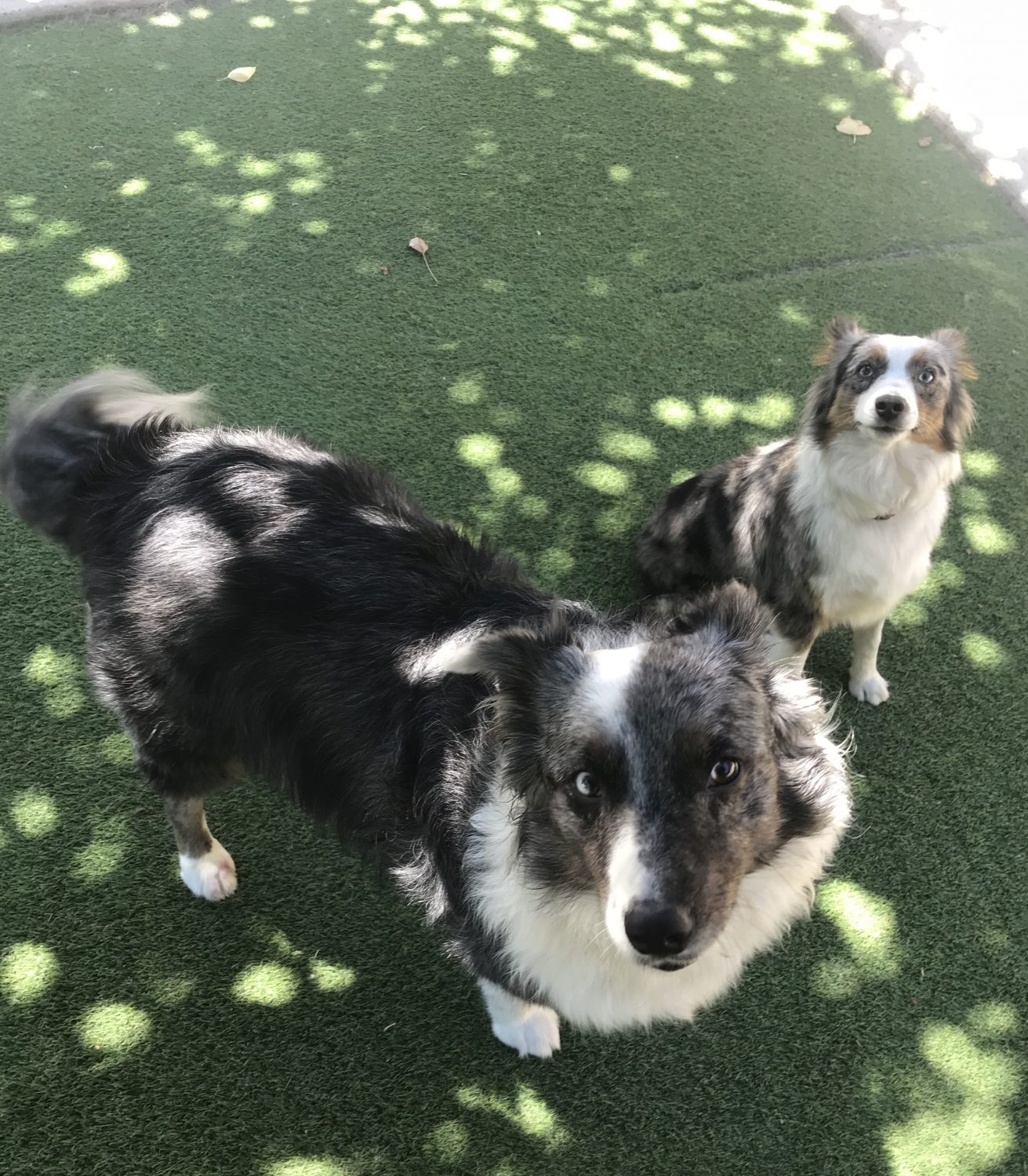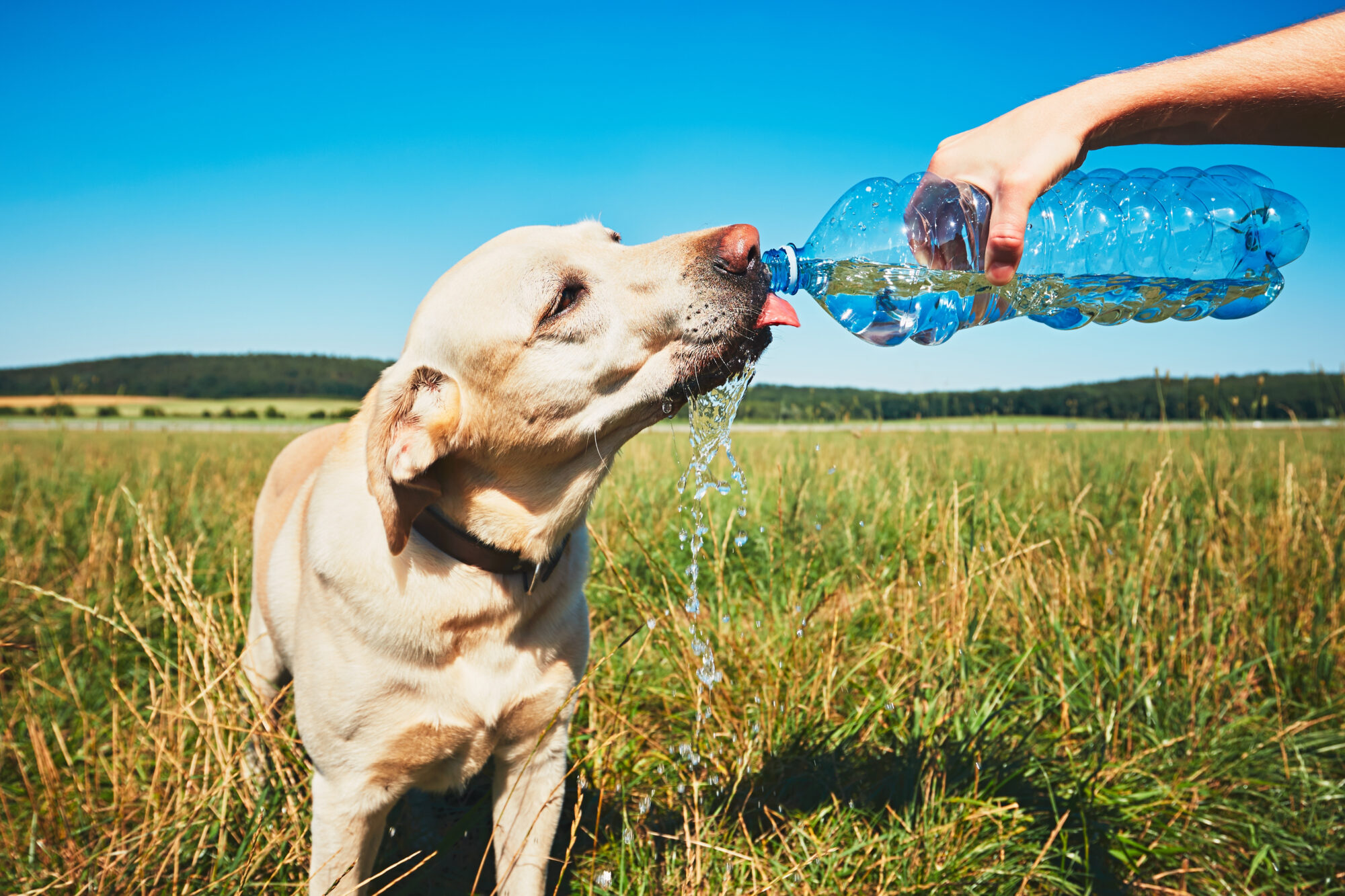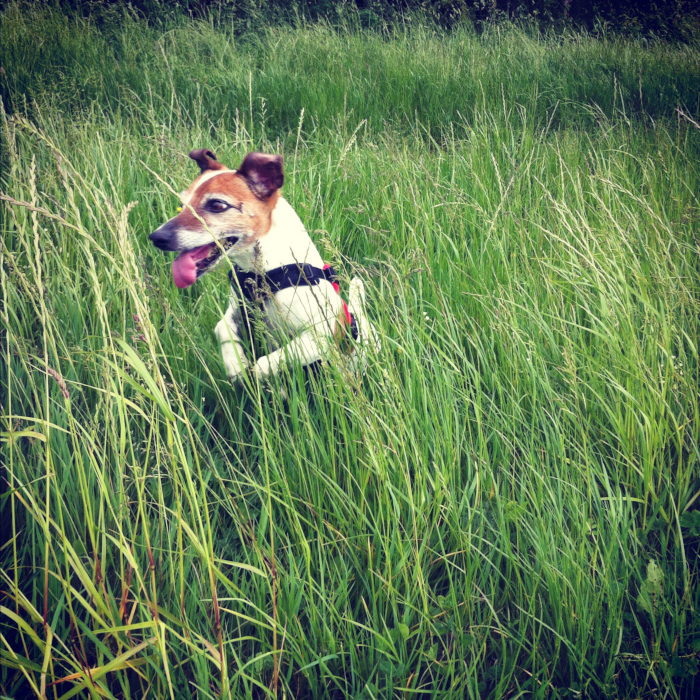
This winter has been quite the flu season! Many of us were ill thanks to the dreaded human flu, and we’re glad to finally be seeing the light at the end of the tunnel. It’s interesting that canine flu has recently become a focus, especially in dog-loving circles. And while it’s not seasonal, and it’s not new, there are a few things that the team at Felton Veterinary Hospital thought you should know about this disease that affects our best friends.
Canine Flu Basics
There are two strains of Canine Influenza Virus (CIV). The most recent strain (H3N2) was identified following an outbreak in March of 2015 and affected dogs in the Chicago area. There have now been a few thousand cases of H3N2 reported in 30 states. There’s no evidence that H3N2 can infect people.
CIV is spread through aerosolized droplets that are spread from dog to dog through coughing, sneezing, and barking. Dogs in close living quarters are most at risk – those dogs who go to the groomer, spend time at daycare or go to a boarding facility. CIV can also be spread indirectly through shared objects such as food and water bowls, leashes and collars, and people who have been in contact with infected dogs.
Common signs of canine flu include:
- Coughing
- Sneezing
- Wheezing
- Fever
- Nasal discharge
Infected dogs usually show signs of the disease 2 – 8 days after being infected. Most dogs have a mild form of the disease, but some can exhibit more serious signs, including pneumonia, high fevers, and increased respiratory effort.
Disease symptoms are very similar to kennel cough and other canine respiratory illnesses, and risk factors are also similar. For these reasons, the only diagnosis for CIV is through an advanced blood test.
Treatment
Treatment for CIV is largely supportive; nursing care and good nutrition can help your dog mount an effective immune response. Most dogs recover in 2 – 3 weeks. If your dog is geriatric, a short-faced breed, pregnant, or at risk of tracheal collapse, we will discuss other treatments that may be recommended.
Because the disease is spread so easily between dog to dog, it is recommended that infected dogs be isolated (even those in the same household) for 4 weeks.
Protect Your Dog
Prevention of canine flu takes a village! First, if your dog is exhibiting any of the signs of CIV, isolate them right away. Call us to come in – and be aware that we may ask you have your dog wait with you in the car until we can see you. We want to prevent the possibility of infecting any dogs in the waiting room.
Dogs who are social and go to dog parks, groomers, boarding or daycare facilities are more at risk. But it doesn’t mean your pup can’t go about their daily activities. If your pet is high risk, consider these precautions:
Ask us about vaccination – there is a vaccine now that prevents both strains of canine flu. Like the human flu vaccine, it’s not 100% – it may not prevent your dog from getting CIV. But, it has been shown to minimize symptoms and shorten the duration of the disease.
Practice good hygiene – don’t allow your pet to share objects such as toys or food/ water dishes with unfamiliar dogs. Wash your hands often. And, change and wash your clothes if you’ve been in contact with new dogs as the virus can survive on objects.
Assess the risk – if your pet is immune compromised, geriatric, or very young, it might be wise to assess if social activities with unfamiliar dogs is worth the risk. Talk to us – we’re happy to help you make this decision.
If you feel your pet is sick, it’s important to have them examined right away. By taking some extra precautions, being aware, and by vaccinating, you’ll be on the right track to preventing CIV in your dog.


 Schedule an Appointment
Schedule an Appointment
